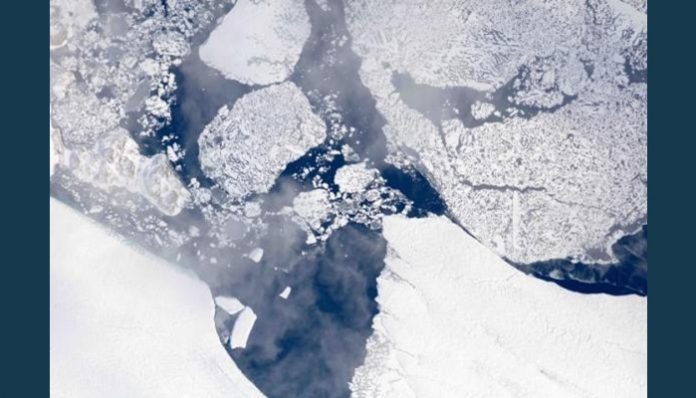
Sept. 10 (UPI) — NASA’s Operation IceBridge has been mapping summer ice melt of the Greenland Ice Sheet since Aug. 25 using a B200T King Air aircraft.
The flights will go through Sept. 21, with repeat paths to be flown in the spring to monitor seasonal changes in the elevation of the ice sheet.
“We started to mount these summer campaigns on a regular basis two years ago,” Joe MacGregor, IceBridge’s deputy project scientist and a glaciologist with NASA’s Goddard Space Flight Center in Greenbelt, Maryland, said in a press release. “If the flights go as expected, the result will be a high-quality survey of some of the fastest melting areas in Greenland and across as much of the island as possible.”
For the campaign, Operation IceBridge is flying a B200T King Air from Dynamic Aviation carrying the Land, Vegetation and Ice Sensor, a laser instrument built by Goddard that measures changes in the ice elevation with an accuracy of 4 inches or better and a high-resolution camera system to map the ice surface.
“For this campaign, we’re mapping as broad an area as possible, because we want to understand the seasonal cycle of elevation change across the entire ice sheet,” MacGregor said.
“When NASA’s Ice, Cloud, and land Elevation Satellite-2 [ICESat-2] mission is up and running next year, it’ll be mapping these changes continuously. We need to better understand the magnitude of seasonal elevation change between the spring and the summer right now so that we have a starting point from which to evaluate any trend observed by ICESat-2.”
Some of the images show the calving front — the end of the glacier where it sheds chunks of ice — of the Zachariæ Isstrøm glacier in northeast Greenland.
The IceBridge team moved to Kangerlussuaq, in central western Greenland on Sept. 1, from where they plan to fly over fast-changing areas such as Jakobshavn Isbræ and Helheim Glacier. Their goal is to accomplish 16 flights in total during the campaign.





